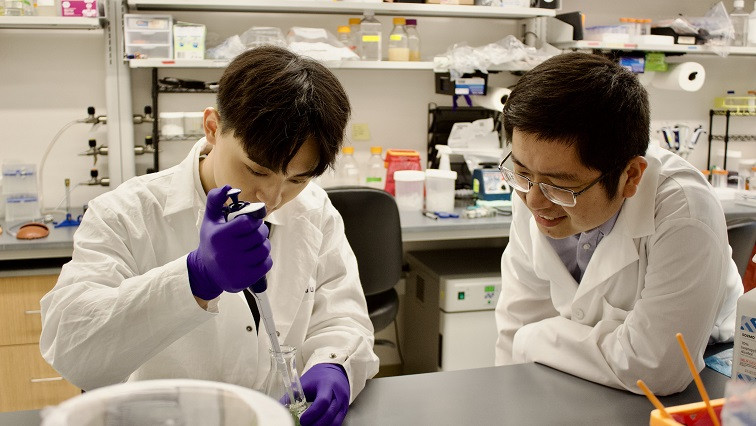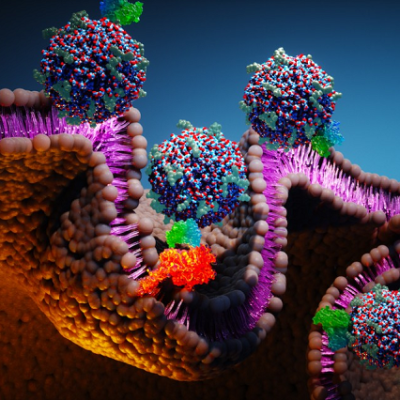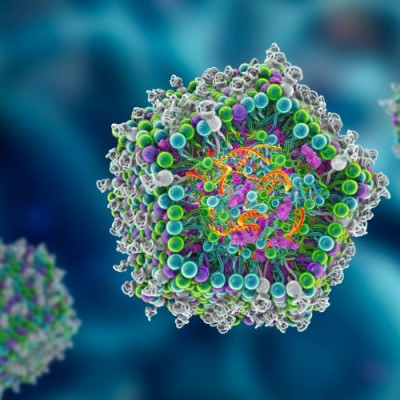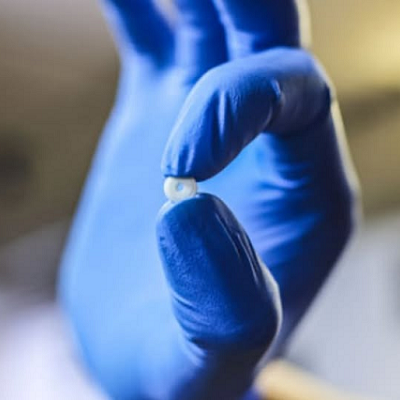Microbubbles have enabled promising recent advances in ultrasound imaging and ultrasound-mediated gene and drug delivery. Used as contrast agents, they can deliver molecular-level information on targeted biomarkers or cell types. However, due to their large size (1-10 micrometers in diameter), they can rarely leave the bloodstream, restricting their effectiveness to well-vascularized tissues.
In contrast, the new 50-NM GVs can penetrate tissue with the research showing they were able to reach important immune cell populations in lymph nodes. This opens up new possibilities for imaging and delivering therapies to previously inaccessible cells.
Electron microscopy images of lymphatic tissue reveal that large cohorts of the nanostructures cluster inside cells that serve a critical role in the activation of the innate immune response, suggesting their potential use in immunotherapies, cancer prophylaxis and early diagnosis and infectious disease treatment. The work is detailed in the journal Advanced Materials.
“This breakthrough opens new avenues for ultrasound-mediated disease treatment, impacting future medical practices and patient outcomes. The research has notable implications for treating cancers and infectious diseases, as lymph-node-resident cells are critical targets for immunotherapies,” said study author George Lu, assistant professor of bioengineering and a Cancer Prevention and Research Institute of Texas Scholar.
Research methods included genetic engineering, nanoparticle characterization techniques, electron microscopy and ultrasound imaging to analyze the distribution and acoustic response of these structures.
“The rationale was to harness their small size and acoustic properties for biomedical applications,” Lu said. “This work represents a pioneering design of functional gas-filled protein nanostructures small enough to cross into the lymphatic system.”
The study outlines several directions for future research, including assessing the nanobubbles’ biosafety and immunogenicity, determining the optimal ultrasound parameters for in vivo applications and more.
“More broadly, this represents a significant advancement in material design, potentially leading to innovative applications across various scientific fields,” Lu said. “Because these nanostructures are composed entirely of proteins and are produced within living bacteria, they exemplify how biogenic materials can surpass the performance of synthetic materials.”
Read the original article on Rice University.







